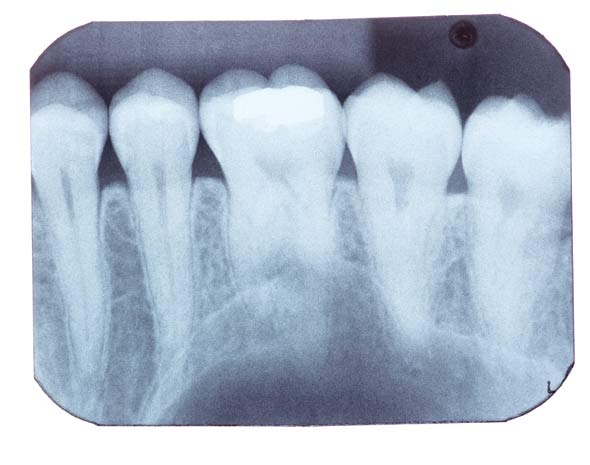Kira Adam was tired of waiting. When she first noticed the cavity about six months ago, she tried to book a dentist’s appointment in College Park, Maryland, where she lives, but she had trouble finding a practice that would take her Medicaid insurance. “Every time I tried to schedule it, it was a two to three month wait” for an appointment, she told me.
The cavity got worse. When she finally did get seen, the dentist told her she would need a root canal. It would cost $1,000, and her insurance would pay nothing.
“He told me to come back when I had the money,” she said. As a baker at Panera Bread, she knew it would be a while before she did. She applied for and received a loan through CareCredit, a medical financing company, but it was a few hundred dollars short. So she waited some more — and tried to ignore the pain that was now shooting through her jaw.
On September 5, 2014, the wait was over. Or at least, most of it was. She was sitting in the stands of the Xfinity Center at the University of Maryland (UMD) and looking down on the basketball court, where rows and rows of people were tipped back in dental chairs, getting their teeth fixed as part of a large dental charity event. Adam works at night, so her husband stood in line outside the building from 11 p.m. to 7 a.m. to secure her spot. Adam drove over straight from work, taking the orange bracelet from her husband’s wrist. The bracelet meant she was in.
It was sad how necessary the Mission of Mercy dental clinic turned out to be. A sign outside at 11 that morning announced that the day-long event was full and could not accept more patients.
Inside, just beyond the double-doors graced with a Fear the Turtle banner, a reference to the university’s mascot, what unfolded was the opposite of a typical American dental visit, with its gentle small-talk and freebie toothbrushes. Here, tired-looking patients sat clustered in groups behind black cloth dividers, their dentists racing by with barely enough time to look up. A seemingly disoriented woman ambled toward me, her mouth stuffed with bloody gauze.
Under the bright gym lights, the patients were nearly elbow to elbow as their doctors worked. The event saw 1,200 patients, up from 700 in 2013. Not everyone could be seen on Friday; about 1,000 were turned away and told to try again the next day.

A tiny 3D printer stamped out new, fake teeth as their future owners waited nearby. In the middle of it all, a choir sang hymns on an elevated stage, lending the whole thing the air of a Greek tragedy.
In the stands, hundreds of people sat waiting their turn. Like Adam, most had been there since the wee hours. The longest line of all was for endodontic services, such as root canals, which can cost thousands and are not covered by Maryland’s Medicaid program.
James Hart drove up from Waldorf, 35 miles away, for a root canal that he has needed for three months. A clinic referred him here after quoting him $1,300.
Rochelle Hernandez, from Laurel, also needed a root canal. She had tried to sign up for dental insurance, but after paying a few other bills, she couldn’t afford the premium. Two weeks ago, she was able to get a dentist to take X-rays of the offending molar by using a discount coupon. But when that office told her it would be $2,000 to fix the problem, she knew she’d be headed to the UMD clinic instead.
Several other people waved me away when I approached them, saying they didn’t feel like talking. I probably wouldn’t have, either, if my teeth were hurting and my only hope of stopping the pain was a day-long wait and a very public drilling.
About a third of people in the U.S. don’t visit the dentist every year, and more than 800,000 annual ER visits arise from preventable dental problems. A fifth of Maryland residents have not visited a dentist in the past five years. Despite the fact that dental procedures are some of the most expensive office visits, dental coverage is treated like a garnish — the parsley of the insurance world.
“Medicaid doesn’t acknowledge that you have teeth unless you’re a child,” said Thomas Ritter, a dentist who was volunteering at the event.
One reason for this is that since the beginning of time, dentistry and medicine have been considered inherently distinct practices. The two have never been treated the same way by either the medical system or public insurance programs. But as we learn more about how diseases that start in our mouths can ravage the rest of our bodies, it’s a separation that’s increasingly hard to rationalize.
To read the entire article from this and other issues, subscribe to The Saturday Evening Post.
Become a Saturday Evening Post member and enjoy unlimited access. Subscribe now



